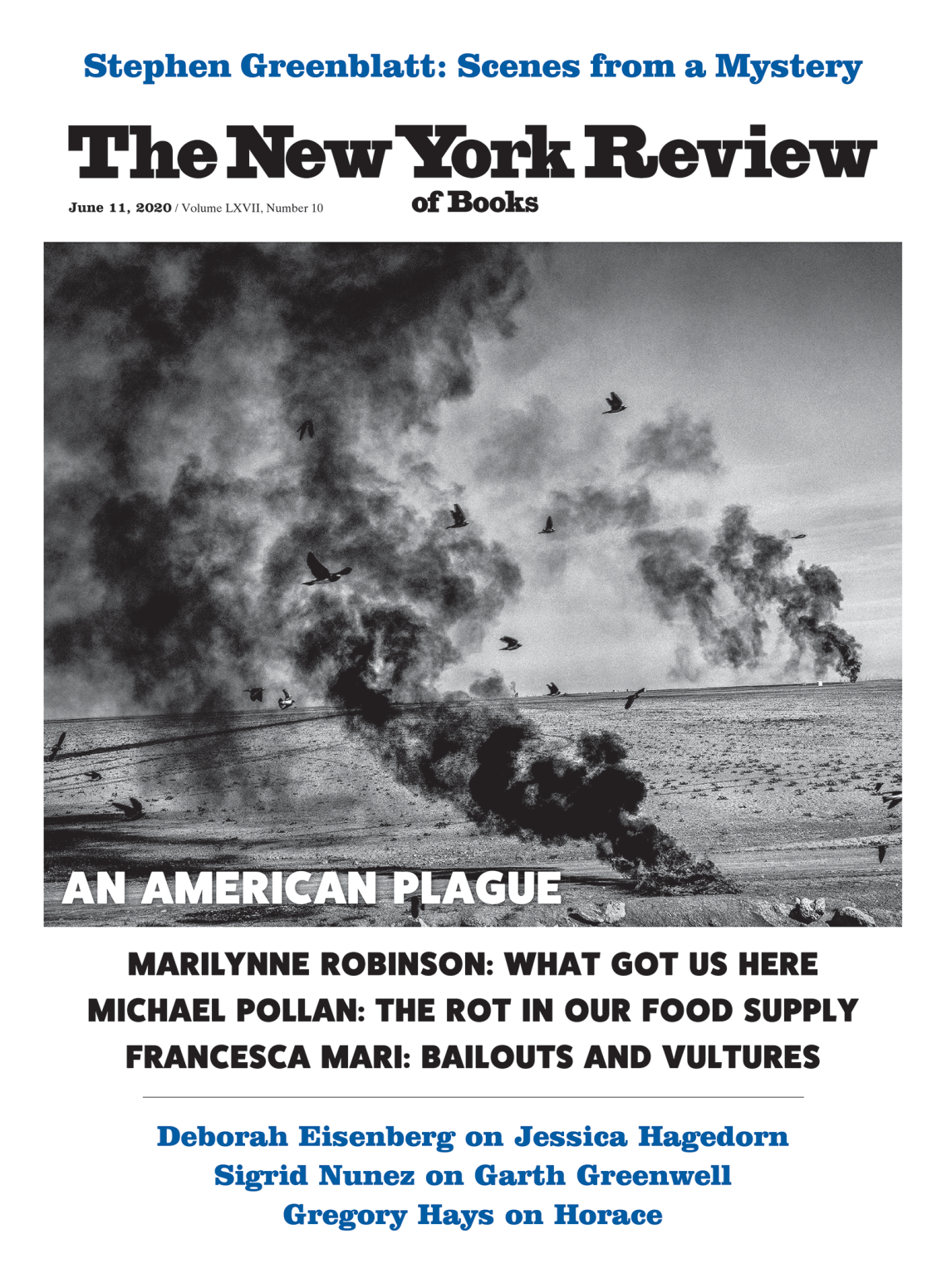In the midst of a continual program of demolition and reconstruction, we noticed, one summer, that our city had begun to replicate, via its infrastructure, the prohibitions of the mind. There were roadworks constricting almost every major thoroughfare. Buses were regularly terminated short of their destination or treated passengers halfway through their journey to the wearying and ominous automated announcement, “This bus is on diversion.” A number of these roadworks were connected to the development of a high-speed railway line whose viability had never been proven, now a pawn of warring factions of the government. Others looked temporary and unconvincing, as though they were only props intended to convey the impression of industry—but whether they were temporary or not, they remained. Our illusion of control, fundamental to whatever fragmentary sense of well-being we could cling to, became ever more illusory until it vanished completely. Several times I watched a man in a fluorescent vest roughly pry up a drain cover with a screwdriver, kneel down and start poking around inside it, something I took personally. You saw things like this every day in the city, where they were always digging. They would scratch and scratch with their tools at the surface of roads until they split them open because this was a necessary precursor to change, and change was intrinsic to growth. Anyone could see that the pursuit of perpetual growth was maniacal, but it went on all the same. Naturally the human body ceases to grow after a certain age; what grows after that are malignancies, like the growths one saw all over the city. It was unremarkable until you looked at it on the macro scale; in fact nothing ever changed, nothing of note—we had instead the sense that what was being uncovered in this relentless excavation was an advanced condition of sclerosis, a hardened and continually hardening rigidity, resistant to change. It was the same state we ourselves endured, were made hard by, in this city which had more and more holes where something had been dug up and never filled in (they could never be filled in, not really, even if they were filled in the city would still never be anything other than a collection of filled-in holes). On my route into town I passed buildings still standing that had been ripped half to pieces by bulldozers, looking desolate, bombed (though they had not of course been bombed, it had been arranged for all the bombing to happen elsewhere), their insides on show, like wrecked dolls’ houses atop a trash heap. Which is what they were, in a manner of speaking, to the forces of money that powered this city and destroyed it every day, except that they had not been cherished as a doll’s house is often cherished, they had been blighted and abandoned even as they stood intact. Torn-off wiring stuck out all over these blasted buildings like hair standing on end, and your hair did stand on end to see the remains of so many rooms that once enclosed people, providing, in the best-case scenario perhaps, the illusion of safety and permanence, if not actual safety and permanence, which were elusive in this city, even in this city, which was said to be among the world’s most important, this most powerful, most desirable, most influential, most visited, most expensive, innovative, sustainable, most—of course—investment-friendly, most popular for work city in the world.
More from the Review
Subscribe to our Newsletter
Best of The New York Review, plus books, events, and other items of interest


